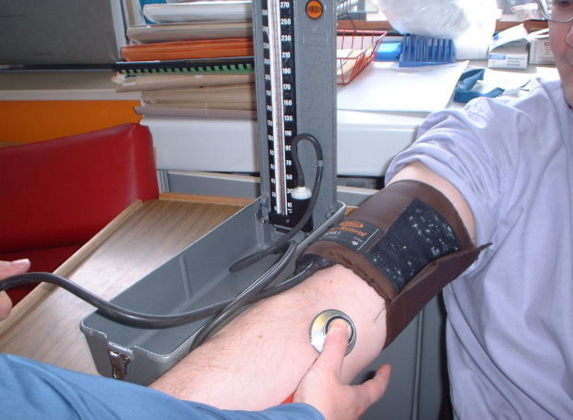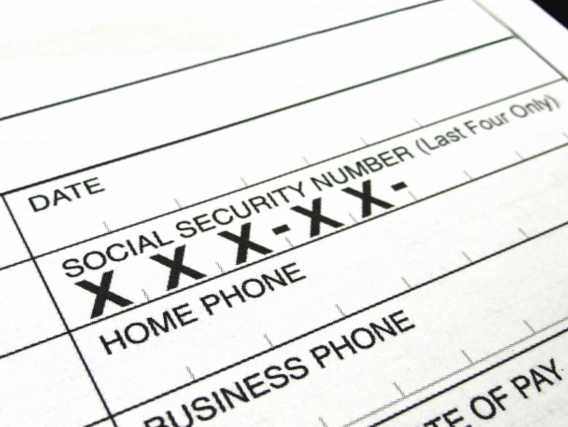You might have heard that there’s no such thing as a free lunch. However when it comes to retirement-savings strategies, a Roth IRA comes as close as it can be to just that.
If you want to get the maximum benefits you just need to follow the rules. When you do a Roth will provide a tax-free source of income when you retire.
Then if for some reason you don’t need the money come retirement, you can leave it to your heirs, and they won’t have to pay taxes on the money, either which is pretty great. Want to know something else that’s pretty great? It’s never too early–or late–to invest in one.
Short-term pain, long-term gain
With a ROTH you can contribute up to $5,500 or $6,500 if you’re 50 or older in 2015. This is if you’re not a high earner (more on this later below). You can invest in a Roth even if your employer offers you a 401(k) plan.
In an ideal situation you should fund both to the max in our with the 401(k) contribution limit is $18,000 for 2015, or $24,000 if you’re 50 or older. If you can’t do that you should at least invest enough in your 401(k) plan to get any company match and then contribute to a Roth.
If you’re feeling stuck because retirement is decades away and you don’t have much money to spare, it may seem some what silly to sock money in a Roth but it’s honestly not. What you need to know is a Roth’s long-term payoff is huge because what you get in exchange for giving up the immediate deduction, you’ll be rewarded with years of tax-free earnings growth. That’s nothing to turn your nose up at.
Also as long as you wait until you’re 59½ to take withdrawals, none of the money will be taxed, no matter how high your tax bracket when you start spending the money.
Read part two of this article now.





